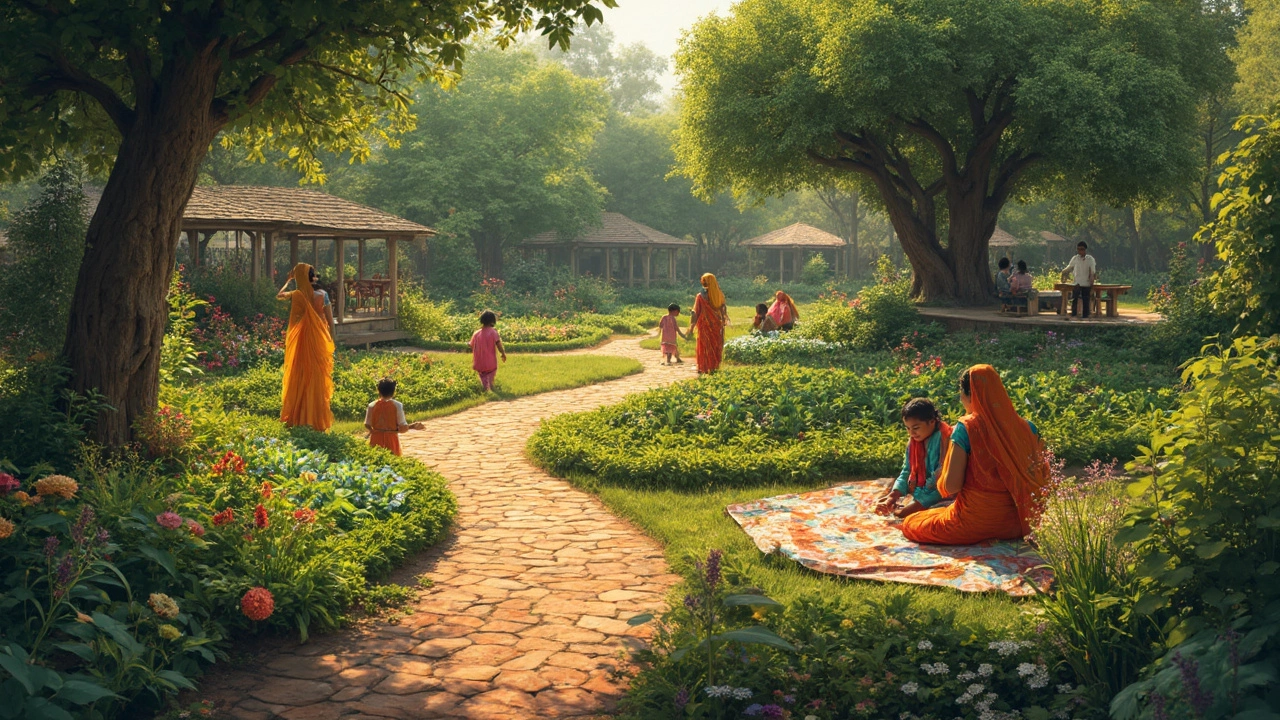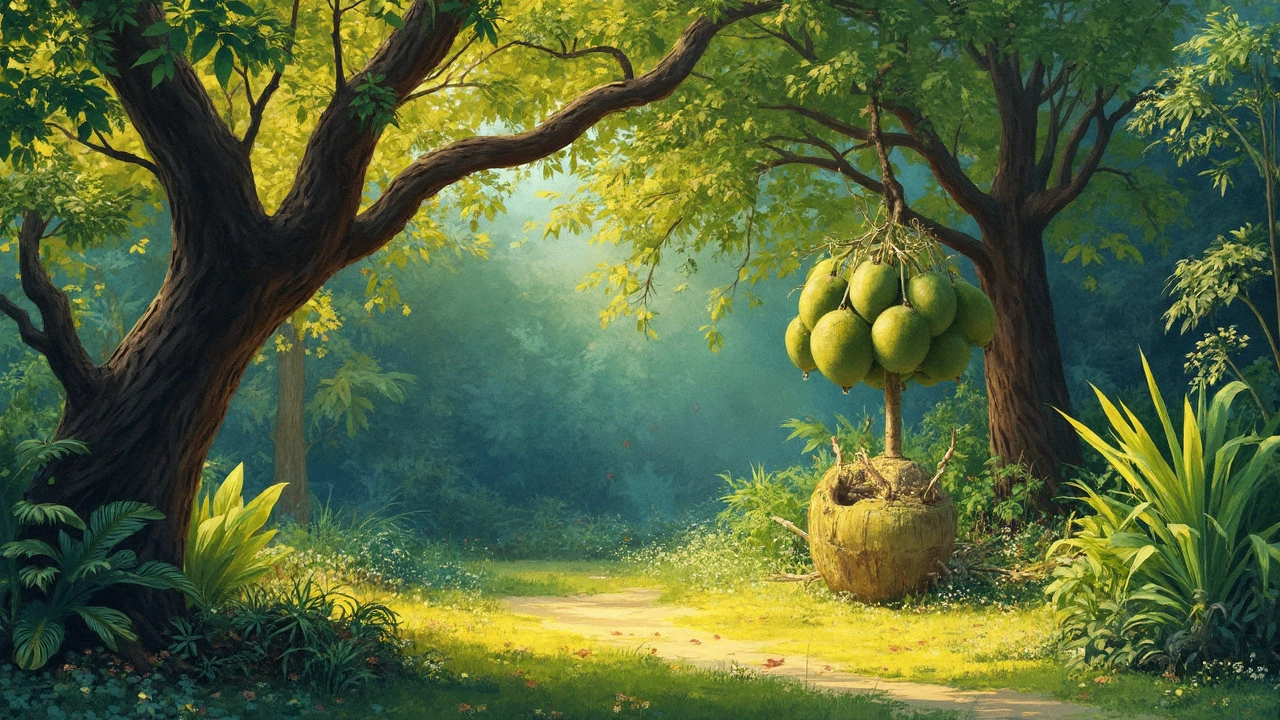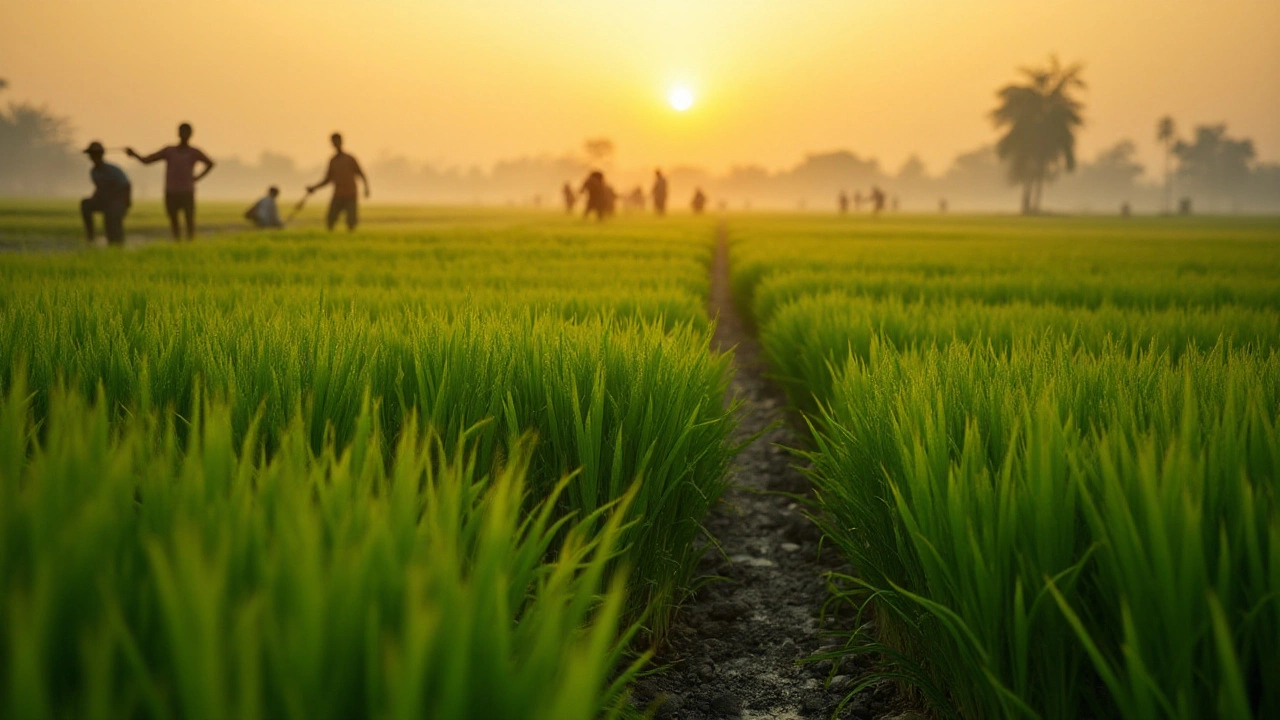Landscaping Tips
When working with landscaping tips, practical advice that helps you design and maintain outdoor spaces. Also known as outdoor design guidance, it bridges aesthetics and functionality. Garden irrigation, the method of delivering water directly to plant roots is a core component; without it, even the best plant choices struggle. Soil health, the balance of nutrients, structure and microbes in the ground determines how well water and nutrients are absorbed. Together, these ideas form the backbone of effective landscaping.
Key Areas to Master
First, container gardening, growing plants in pots or raised beds lets you experiment with layout and plant combos without re‑working the whole yard. It’s perfect for balconies, rooftops or small front porches, and it directly supports precise watering schedules. When you pair container gardening with smart garden irrigation, you get a closed loop where water use is minimized and plant stress is reduced. This relationship shows that landscaping tips often require a blend of technology and tradition.
Second, maintaining soil health, the living ecosystem beneath your feet is not a one‑time task. Adding organic compost, mulching and occasional aeration keeps microbes active and improves water retention. Healthy soil makes garden irrigation more efficient because the medium can store moisture longer, cutting back on daily watering. In short, soil health influences garden irrigation effectiveness, creating a virtuous cycle that any homeowner can see in greener, fuller plants.
Third, choosing the right flower selection, the varieties of blooms suited to your climate and design goals adds visual impact while respecting water needs. For hot, dry zones, drought‑tolerant species like marigolds or geraniums cut down on irrigation demand. In cooler, moist areas, you can opt for higher‑maintenance roses or lilies, knowing the soil will stay wetter longer. This link—flower selection affects garden irrigation—helps you plan a landscape that looks great year‑round without wasting resources.
Another angle worth exploring is the timing of watering. Early‑morning irrigation reduces evaporation, while late‑evening watering can promote fungal issues in humid climates. Pairing this timing knowledge with soil health data—like checking moisture with a simple feel test—lets you fine‑tune the watering schedule. So, landscaping tips encompass timing strategies that protect both plant health and water budgets.
Finally, integrating simple tools such as drip lines, soaker hoses, or smart timers turns a basic garden irrigation system into a low‑maintenance asset. These tools work best when installed in well‑prepared soil and paired with the right container sizes. When you combine smart tools with proper flower selection and soil amendments, you create a resilient landscape that can handle seasonal swings.
All of these ideas—container gardening, soil health, garden irrigation, flower selection and timing—interlock to form a solid foundation for any outdoor makeover. Below you’ll find a curated list of articles that dive deeper into each topic, offering step‑by‑step guidance, real‑world examples and quick fixes you can try this weekend. Explore the collection to turn these concepts into a thriving, low‑maintenance landscape that suits your style and budget.
Breaking Up a Large Garden: Step-by-Step Guide to Reimagining Your Outdoor Space
Learn practical, creative ways to break up a large garden. Transform big, overwhelming spaces into beautiful, usable zones with these landscaping tips.
- manufacturing
- India
- food processing
- garden tips
- rice cultivation
- government schemes
- balcony garden
- urban gardening
- balcony gardening
- profitable business
- business ideas
- plastic manufacturing
- drip irrigation
- plant care
- steel manufacturing
- sustainable gardening
- startup ideas
- steel industry
- flower gardening
- textile manufacturers






